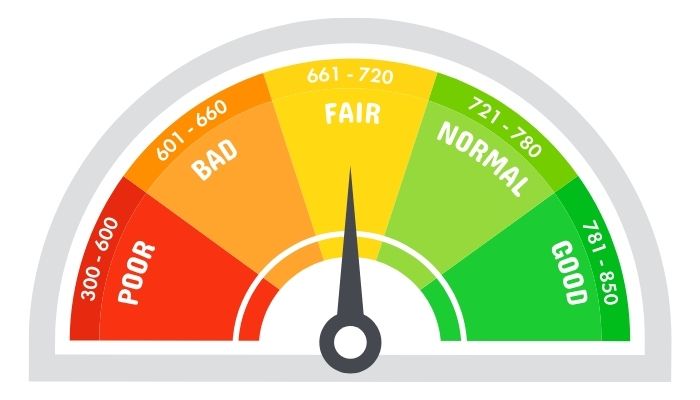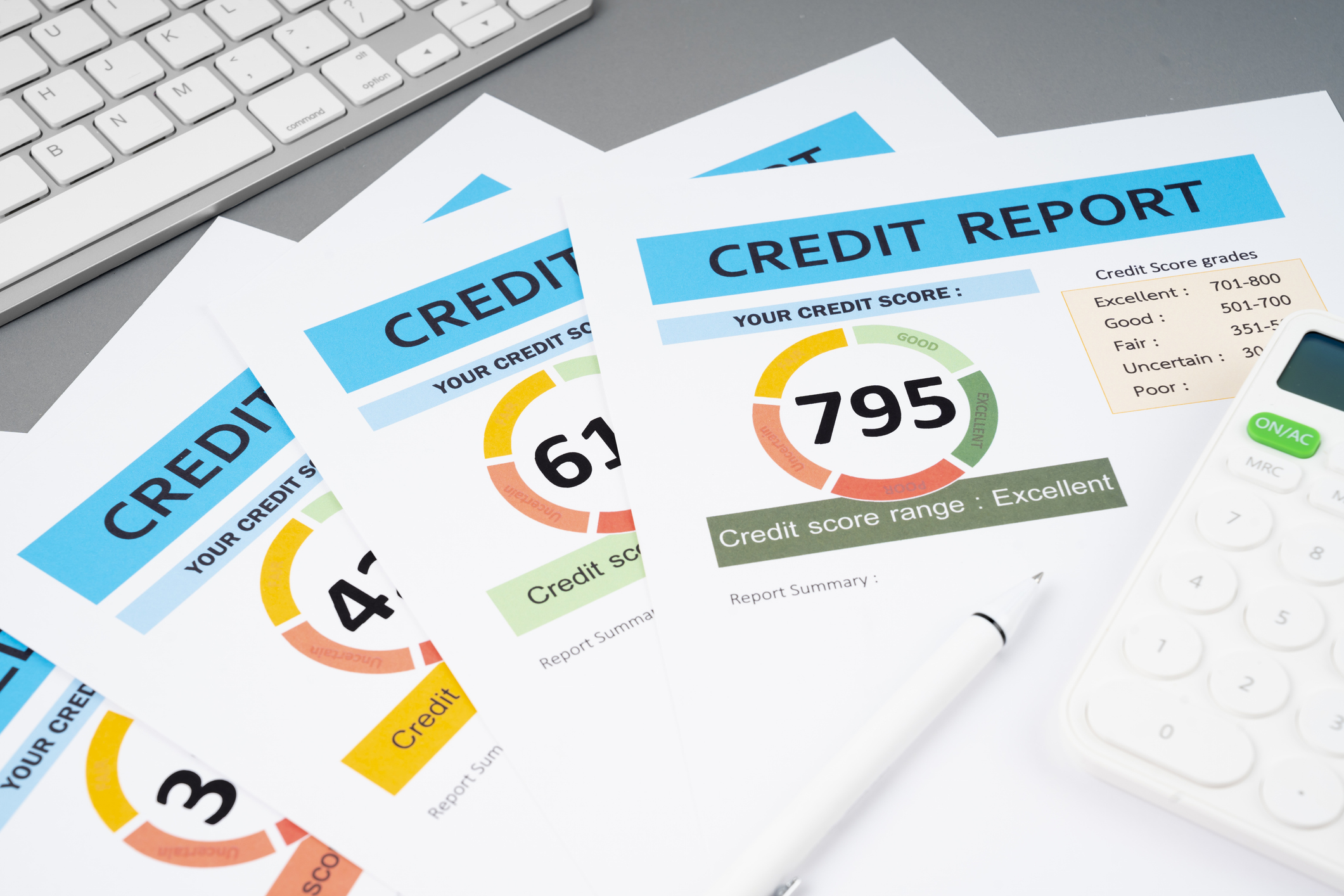Building a robust credit history in the U.S. is essential for financial freedom and stability. Whether you aim to purchase a home, lease a car, or simply secure an apartment, your creditworthiness plays a critical role. But how does one construct a solid personal credit history? In this guide, we’ll delve into effective strategies to help you cultivate an impressive credit profile, paving the way for better financial opportunities.
The key to achieving this is understanding and applying the fundamental principles of credit management. With meticulous planning and discipline, anyone can establish a reputation as a reliable borrower, which is crucial for navigating the financial landscape in America.
Understanding the basics of credit scores

Your credit score is a numerical representation of your financial trustworthiness and is primarily influenced by your credit report. It reflects your past and current debt management behaviors. In the United States, scores typically range from 300 to 850, with higher numbers indicating a strong credit record.
Key components of a credit score include payment history, amounts owed, length of credit history, types of credit in use, and new credit. Each factor plays a unique role, but timely payments and responsible debt levels typically have the most significant impact. A comprehensive understanding allows you to prioritize areas for improvement, as focusing on these can lead to substantial benefits.
The impact of payment history
Payment history is the most significant factor in determining your credit score, accounting for approximately 35% of the total. Consistently making timely payments on all your debts signals to lenders that you are a responsible borrower. Late payments, defaults, and bankruptcies can severely damage your score, making it vital to prioritize this aspect of credit management.
Furthermore, catching up on overdue payments can help mitigate past damage. While late payments can remain on your credit report for years, bringing accounts current is viewed positively and demonstrates your commitment to financial responsibility. Communication with creditors is crucial; if you foresee difficulties meeting due dates, inform them proactively to explore options such as deferment or adjusted payment plans.
The role of debt and credit utilization
Another critical aspect of building solid credit is managing your credit utilization ratio, which accounts for about 30% of your credit score. This ratio represents the portion of your available credit that you are using at any time. A lower ratio indicates prudent borrowing, while high utilization suggests potential financial strain. Ideally, you should aim to keep your credit utilization below 30%.
To manage this, regularly monitor your credit card balances relative to your credit limits. Paying down existing debt and requesting higher credit limits (without increasing spending) can help improve your utilization ratio. Strategic balance transfers and financial discipline are essential here. For instance, focusing extra income on reducing high-interest debt can free up credit availability, aiding in score improvement efforts.
Steps to build and maintain your credit
To establish and uphold a commendable credit profile, it’s essential to foster healthy credit habits from the start. Begin by educating yourself on the various types of credit available, like credit cards, loans, and mortgages, each serving distinct financial needs. Diversifying your credit mix can positively affect your score, accounting for around 10% of the total.
Applying for a secured credit card can be an excellent entry point for beginners. These cards require a cash deposit as collateral, making them accessible for those with limited or no credit history. Consistent, responsible usage and on-time payments on a secured card can gradually build your credit score. As your score improves, you’ll qualify for traditional credit cards with better terms, further solidifying your creditworthiness.
Monitoring your credit progress
Regularly checking your credit report is an invaluable practice for anyone committed to building and maintaining credit health. By law, U.S. residents are entitled to a free report annually from each of the three major bureaus. Reviewing these reports enables you to detect errors or suspicious activity swiftly, which you can dispute with the relevant bureau.
Various online tools and services offer credit monitoring for a fee, which can provide more frequent updates and alerts about significant changes in your credit report. Staying informed allows you to take immediate corrective action if necessary, maintaining control over your financial narrative. Timely monitoring can prevent identity theft and unauthorized fraudulent activities, further preserving your score.
Handling new credit accounts
Opening new credit accounts should be approached strategically. When you apply for new credit, a hard inquiry is made on your report, which can temporarily decrease your score. Accumulating too many inquiries in a short time frame can give lenders the impression of over-extension or financial difficulty. It’s crucial to apply for credit only when necessary, avoiding impulsive decisions that could negatively impact your credit standing.
When choosing a new credit product, consider terms that suit your financial situation and contribute positively to your credit history. Researching and comparing different credit offerings can result in better choices, resulting in more beneficial terms. Managed wisely, new credit accounts bolster financial credibility and provide more significant financial freedom over time.

